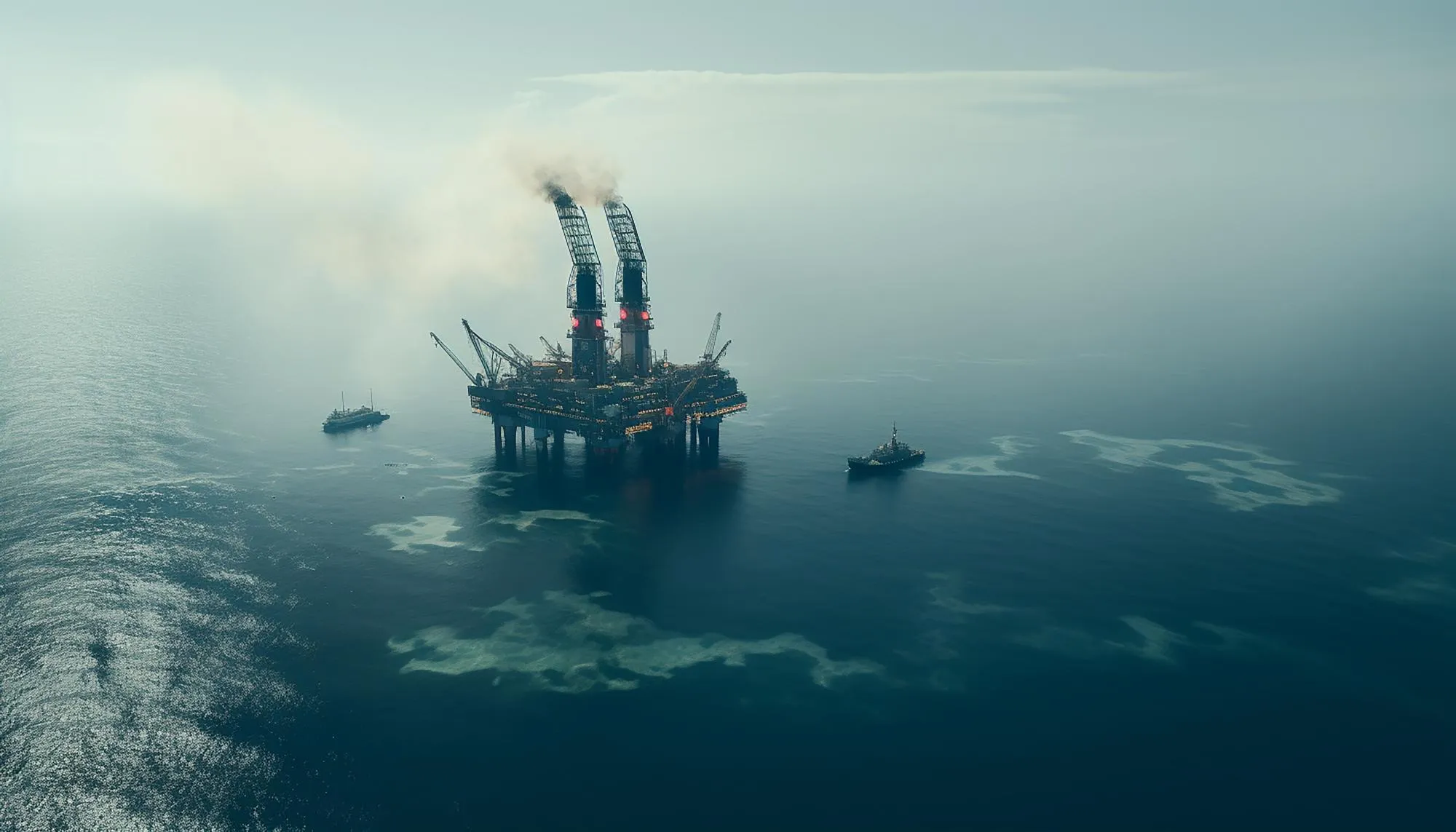In an enlightening advancement for environmental restoration, a recent study published in Environmental Research paves the way for more effective remediation of crude oil-polluted sediments in the Persian Gulf, a strategic international oil transit zone. The microcosm simulation study, which rigorously compares biostimulation to bioaugmentation, has yielded promising results that could change the course of ecological preservation in oil-contaminated marine environments.
The Urgency of Addressing Crude Oil Pollution in the Persian Gulf
For decades, the Persian Gulf has stood as a testament to human progress and industrial might. However, the cost of such advancement often comes at the expense of the environment. The Gulf, being a hotspot for crude oil transit, has faced numerous pollution incidents over the years. The contamination poses a dire threat to marine life, impacting biodiversity and disrupting fragile ecosystems essential to the health of our planet.
Emerging Solutions: Biostimulation and Bioaugmentation
The Islamic Azad University’s Department of Microbiology in Kerman, Iran, driven by researchers Tayyeb Sayyid Rasool, Nadia Kazemipour, Mehdi Hassanshahian (also affiliated with Shahid Bahonar University of Kerman), Farokh Rokhbakhs-Zamin, and Sayed Mohammad Reza Khoshroo conducted the study outlined in DOI: 10.1016/j.envres.2024.118197. It probes into combating oil pollution utilizing two innovative bioremediation techniques: biostimulation and bioaugmentation.
Biostimulation involves enriching contaminated environments with nutrients to enhance the natural breakdown process of pollutants by indigenous microorganisms. Bioaugmentation adds specific, often genetically selected or engineered, microbial strains to contaminated sites to accelerate degradation.
The Microcosm Simulation: A Controlled Experiment
The research employed an experimental setup with six microcosms using sediments from Khark Island, establishing controlled environments that simulate the natural conditions of the Persian Gulf’s seabed. These microcosms served as test beds for evaluating the effectiveness of the two bio-remedial strategies by monitoring critical indicators such as the quantity of marine bacteria, enzyme activities including Catalase, Polyphenol oxidase, Dehydrogenase, biodiversity indices, and the percentage of crude oil degradation across multiple timeframes: days 0, 20, 40, 60, 80, 100, and 120.
The Results: A Clear Winner Emerges
Findings from the study unveiled that the sixth microcosm (SB), a hybrid of biostimulation and bioaugmentation techniques, exhibited the most remarkable results. A significant increase in heterotrophic and crude oil-degrading bacteria was observed, with concentrations peaking at 3.9 × 10^6 CFU g^-1. Furthermore, the study noted enhanced enzyme activity and marked improvement in biodiversity indices within the microcosms subjected to the combined approach.
With these compelling results, the research provides substantial evidence that integrating biostimulation and bioaugmentation may be the key to accelerating crude oil degradation in the affected marine sediments of the Persian Gulf.
Environmental Implications and Future Perspectives
The implications of this study for the future of environmental cleanup are profound. Traditional methods of remediation, such as mechanical removal or chemical dispersants, often have limited effectiveness and can introduce additional environmental hazards. Bioremediation, particularly the dual strategy validated by this research, promises a greener and more sustainable approach to environmental management and restoration.
However, as the authors rightly suggest, the journey does not end here. Further studies will be essential to optimize these techniques for field-scale application, taking into account different environmental variables such as temperature, salinity, and sediment composition. Also, economic evaluations and long-term ecological monitoring will be critical to ensure the practicality and safety of implementing these methods on a larger scale.
Conclusion and Future Directions
As we strive to preserve the integrity of our marine ecosystems and ensure the long-term sustainability of our oceans, innovative research such as this serves as a beacon of hope. While significant challenges remain, efforts to clean and restore environments like the Persian Gulf are crucial for global biodiversity and human health.
The study, not only a milestone in environmental research but also an ode to the resilience of nature, demonstrates the potential for humanity to correct past mistakes and foster a more harmonious coexistence with the natural world.
References
1. Tayyeb Sayyid Rasool, Nadia Kazemipour, Mehdi Hassanshahian, Farokh Rokhbakhs-Zamin & Sayed Mohammad Reza Khoshroo (2024). Microbial community response to biostimulation and bioaugmentation in crude oil-polluted sediments of the Persian Gulf: A microcosm simulation study. Environmental Research, 118197. DOI: 10.1016/j.envres.2024.118197.
2. Additional related scholarly articles to be included upon further research, focusing on environmental impact, bioremediation strategies, and marine ecology of the Persian Gulf.
Keywords
1. Crude Oil Remediation Persian Gulf
2. Environmental Biostimulation Bioaugmentation
3. Microbial Degradation Oil Pollution
4. Ecological Restoration Marine Sediments
5. Green Cleanup Technologies Ocean
